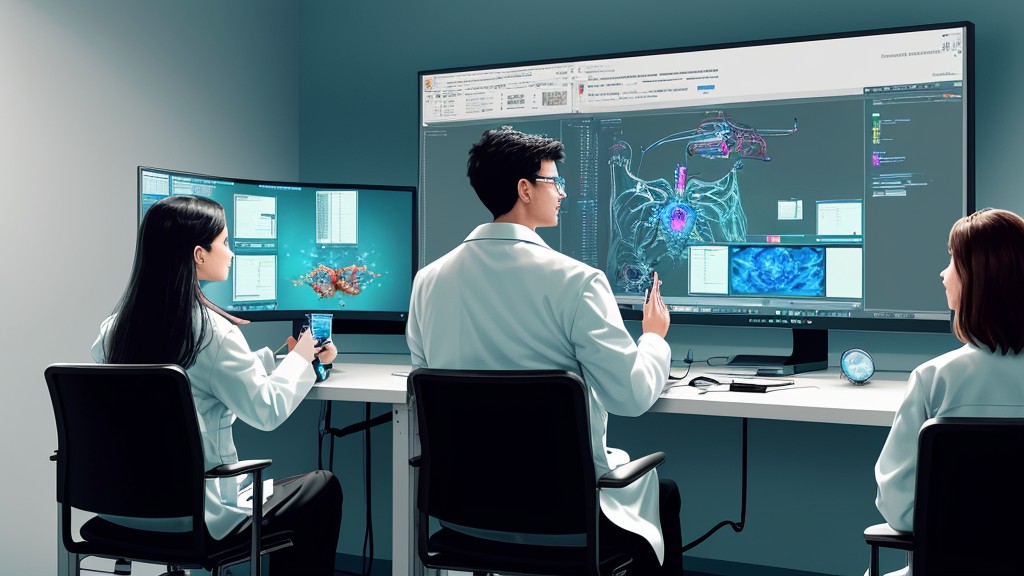
The Future of Medical Tech Education at Harvard

The Future of Medical Tech Education at Harvard
Where Tech Meets Medical Brilliance
Imagine a realm where the advanced intricacies of technology and the human-centered depth of medicine interlace. Well, it’s no longer just a concept. Harvard Medical School is pioneering an educational revolution with its innovative ‘AI in Medicine’ Ph.D. track.
Key Insights:
Interdisciplinary Marvel: This isn’t just about learning; it’s about synthesizing two formidable fields into a cohesive learning journey.
Unparalleled Opportunities: As a student, you aren’t restricted to classroom lectures. Instead, the track offers direct interactions with MDs, enabling a practical grasp of clinical courses.
Guidance from the Best: With mentorship from titans of the industry, the program ensures you’re not just educated but truly nurtured into leadership.
Seizing the Future: As the medical field gears up for its next evolutionary leap, powered by AI, this course will shape the leaders and visionaries of tomorrow.
In Conclusion:
For those who’ve dreamed of bridging the gap between AI’s potential and healthcare’s challenges, Harvard’s newest offering is the beacon. Whether you’re an aspirant or an enthusiast, the dawn of an era where AI seamlessly integrates into healthcare is an exciting prospect.
Determined to be at the forefront of healthcare’s next revolution? Harvard Medical School beckons! Dive in and become part of this transformative journey.




